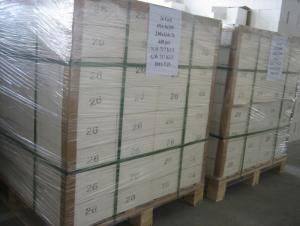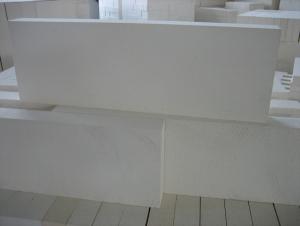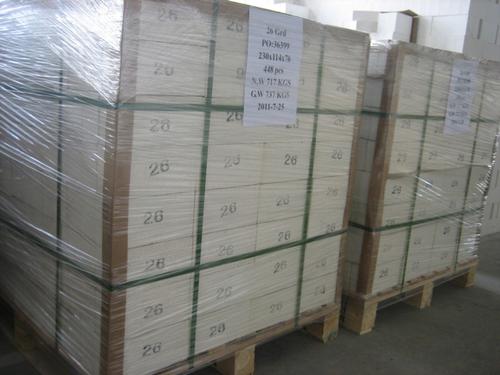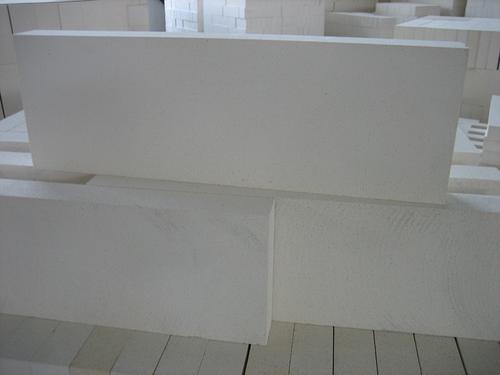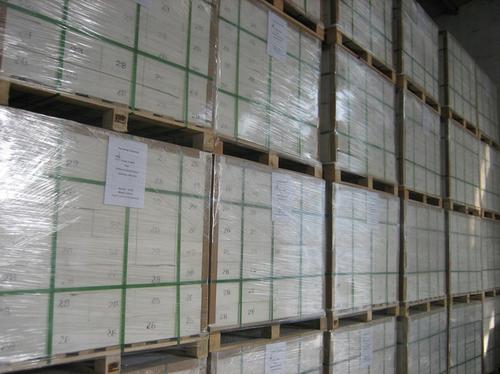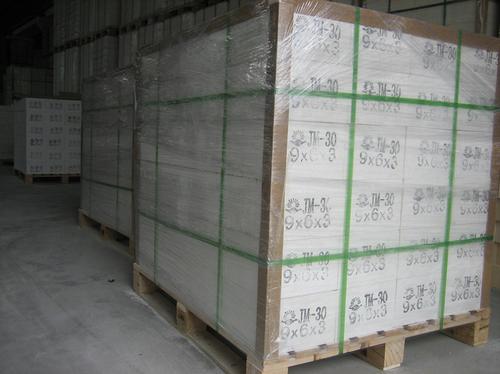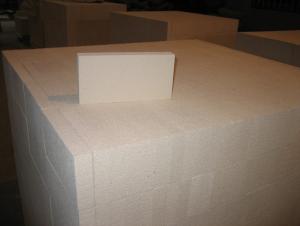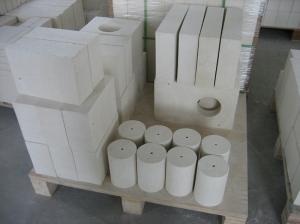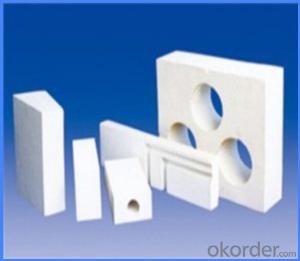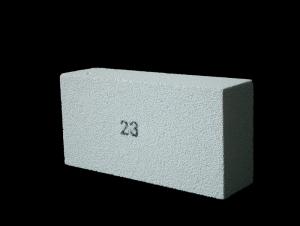Insulating Fire Brick - Refractory Mullite Insulating Refractory Brick JM 37
- Loading Port:
- Shanghai
- Payment Terms:
- TT OR LC
- Min Order Qty:
- 20 m.t.
- Supply Capability:
- 20 m.t./month
OKorder Service Pledge
OKorder Financial Service
You Might Also Like
Okorder series heat insulation brick
Okorder series thermal insulation brick is an effective, energy saving, low carbon, environmental protection advanced, according to the ASTM standard manufacturing products. Okorder series products have all kinds of materials in the field of metallurgy, industrial furnaces, aluminum, the best Li Ning petrochemical and insulation, electric power and glass ceramics. They can be used as part of an insulation or not to melt. Products have been widely used in the following furnace, achieved satisfactory results.
Application of heat preservation brick
Metallurgical Industry: blast furnace, hot blast furnace, heating furnace, etc..
Petrochemical Industry: ethylene cracking furnace, hydrogen furnace, the main furnace, heating furnace, etc..
Ceramic industry: roller kiln, kiln, etc..
Glass industry: glass furnace regenerator, etc.
Carbon industry: carbon furnace, etc..
Aluminum electrolysis industry: aluminum reduction cell, etc.
Other industries: tunnel kiln, shuttle kiln, etc..
Advantages of heat insulation brick
Low thermal conductivity: many air holes will bring good thermal insulation effect, energy saving.
High crushing strength: high crushing strength, volume stability.
Low heat storage: small heat storage, absorb more heat, energy-saving effect is obvious.
Chundu: High-speed Rail, low content of alkali metal impurities.
Accuracy: the size of the brick machining precision, cutting and grinding the special shape, speed up the brick.
Technical Data
ITEM | GJM30 | GJM28 | GJM26 | GJM23 |
Classification Temperature, ℉/℃ | 3000/1650 | 2800/1540 | 2600/1430 | 2300/1260 |
Bulk Density,g/cm³ | ≤1.0 | ≤0.9 | ≤0.8 | ≥0.5 |
Reheating Linear Change, % | ≤0.9 (1550℃,12 h) | ≤0.8 (1510℃,12 h) | ≤0.7 (1410℃,12 h) | ≤0.5 (1230℃,12 h) |
Al2O3 Content, % | ≥75 | ≥65 | ≥55 | ≥45 |
Fe2O3 Content, % | ≤0.5 | ≤0.6 | ≤0.7 | ≤1.0 |
Thermal Conductivity: | ||||
800℃, w/m.k | ≤0.39 | ≤0.37 | ≤0.35 | ≤0.18 |
1000℃, w/m.k | ≤0.43 | ≤0.41 | ≤0.39 | ≤0.20 |
1200℃, w/m.k | ≤0.48 | ≤0.46 | ≤0.43 | --- |
Insulating brick
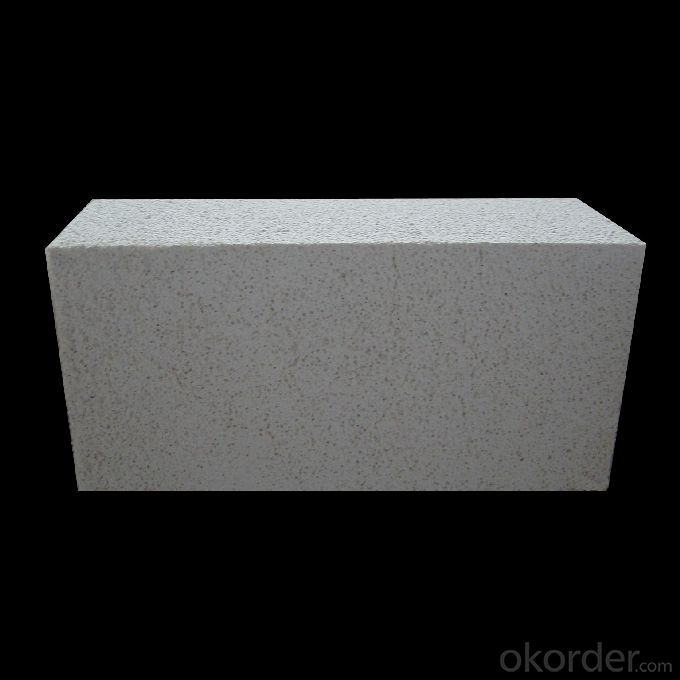
- Q: Are insulating fire bricks resistant to flame spread?
- Yes, insulating fire bricks are resistant to flame spread.
- Q: Can insulating fire bricks be used for insulation in power boiler walls?
- Yes, insulating fire bricks can be used for insulation in power boiler walls. Insulating fire bricks are designed to provide excellent thermal insulation, high temperature resistance, and low thermal conductivity. These properties make them suitable for use in power boiler walls, where insulation is crucial to reduce heat loss and improve energy efficiency.
- Q: Can insulating fire bricks be used in chimneys and flues?
- Insulating fire bricks are specifically designed for high-temperature applications and are often used in furnaces, kilns, and other industrial settings. While they do possess excellent insulating properties, they may not be the best choice for chimneys and flues in residential or commercial buildings. The main reason for this is that insulating fire bricks are not as durable and heat-resistant as other materials specifically designed for chimney and flue construction. They may crack or break when exposed to the extreme heat and rapid temperature changes that occur in chimneys. Additionally, these bricks are not typically designed to withstand the corrosive effects of flue gases, which can lead to their degradation over time. When it comes to chimneys and flues, it is generally recommended to use materials such as clay flue liners, stainless steel, or refractory bricks that are specifically manufactured for these applications. These materials are better suited to handle the high temperatures, corrosive gases, and rapid thermal expansion and contraction that occur in chimneys. It is important to consult with a professional chimney or flue specialist who can advise on the appropriate materials to use based on the specific requirements and conditions of your chimney or flue system.
- Q: Are insulating fire bricks resistant to corrosion?
- In general, insulating fire bricks exhibit resistance to corrosion. They are composed of high-temperature materials like alumina, silica, and other refractory substances, which grant them exceptional protection against chemical corrosion. These bricks have been specifically engineered to endure elevated temperatures and harsh surroundings, rendering them highly impervious to corrosion caused by acids, alkalis, and other corrosive agents. Nonetheless, it is crucial to acknowledge that the degree of corrosion resistance can vary depending on the precise composition and manufacturing process of the insulating fire brick. Thus, it is recommended to consult the manufacturer or supplier for detailed information regarding the corrosion resistance of a specific insulating fire brick.
- Q: Are insulating fire bricks resistant to weathering?
- Yes, insulating fire bricks are resistant to weathering.
- Q: Are insulating fire bricks suitable for thermal insulation in boilers?
- Insulating fire bricks prove to be a suitable option for thermal insulation in boilers. They are specifically engineered to possess exceptional insulating abilities, enabling them to efficiently diminish heat transfer in environments with high temperatures, like boilers. These bricks are crafted from lightweight materials and possess a low thermal conductivity, thus rendering them highly suitable for applications related to thermal insulation. By incorporating insulating fire bricks in boilers, energy efficiency can be enhanced by minimizing heat loss and ensuring optimal utilization of the boiler-generated heat. Moreover, these bricks exhibit remarkable resistance to elevated temperatures and can endure the harsh conditions prevalent within a boiler, thereby establishing themselves as a dependable choice for thermal insulation.
- Q: Can insulating fire bricks be used for insulation in autoclaves?
- Yes, insulating fire bricks can be used for insulation in autoclaves. These bricks are designed to withstand high temperatures and provide excellent thermal insulation, making them suitable for use in autoclaves where temperature control and insulation are important.
- Q: Do insulating fire bricks have a high insulating capacity?
- Yes, insulating fire bricks have a high insulating capacity. These bricks are designed to have low thermal conductivity, which helps in reducing heat transfer and maintaining high temperatures in industrial applications such as furnaces and kilns. They provide excellent insulation, making them highly effective in conserving energy and reducing heat loss.
- Q: Are insulating fire bricks suitable for use in the construction of lime kilns?
- Yes, insulating fire bricks are suitable for use in the construction of lime kilns. Insulating fire bricks are specifically designed to have low thermal conductivity, which means they are able to retain heat and prevent heat loss. This is important in lime kilns as they require high temperatures to efficiently convert limestone into lime. By using insulating fire bricks, the heat generated in the kiln can be maintained more effectively, resulting in improved energy efficiency and reduced fuel consumption. Additionally, insulating fire bricks are lightweight and easy to handle, making them ideal for constructing lime kilns. Overall, insulating fire bricks are a reliable and effective choice for the construction of lime kilns.
- Q: Are insulating fire bricks resistant to acids and alkalis?
- The resistance of insulating fire bricks to acids and alkalis may vary depending on their composition and manufacturing process. Typically, these bricks are made from materials like alumina, silica, or a combination of both, which offer excellent resistance to high temperatures and thermal conductivity. Moreover, these materials are chemically inert, meaning they do not react with acids or alkalis. Nevertheless, it is important to acknowledge that certain acids and alkalis can still cause slight degradation or corrosion over time, particularly if they are highly concentrated or used at elevated temperatures. Therefore, it is advisable to refer to the manufacturer's specifications or conduct specific tests to determine the bricks' resistance level to particular acids or alkalis. In conclusion, insulating fire bricks are suitable for applications involving exposure to acids and alkalis. However, it is always recommended to consider the specific requirements and consult experts or manufacturers to ensure that the bricks will perform adequately in the intended environment.
Send your message to us
Insulating Fire Brick - Refractory Mullite Insulating Refractory Brick JM 37
- Loading Port:
- Shanghai
- Payment Terms:
- TT OR LC
- Min Order Qty:
- 20 m.t.
- Supply Capability:
- 20 m.t./month
OKorder Service Pledge
OKorder Financial Service
Similar products
Hot products
Hot Searches
Related keywords
